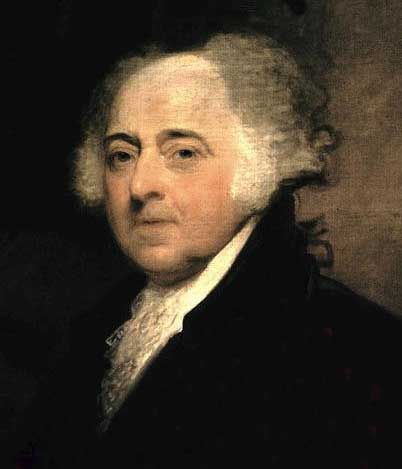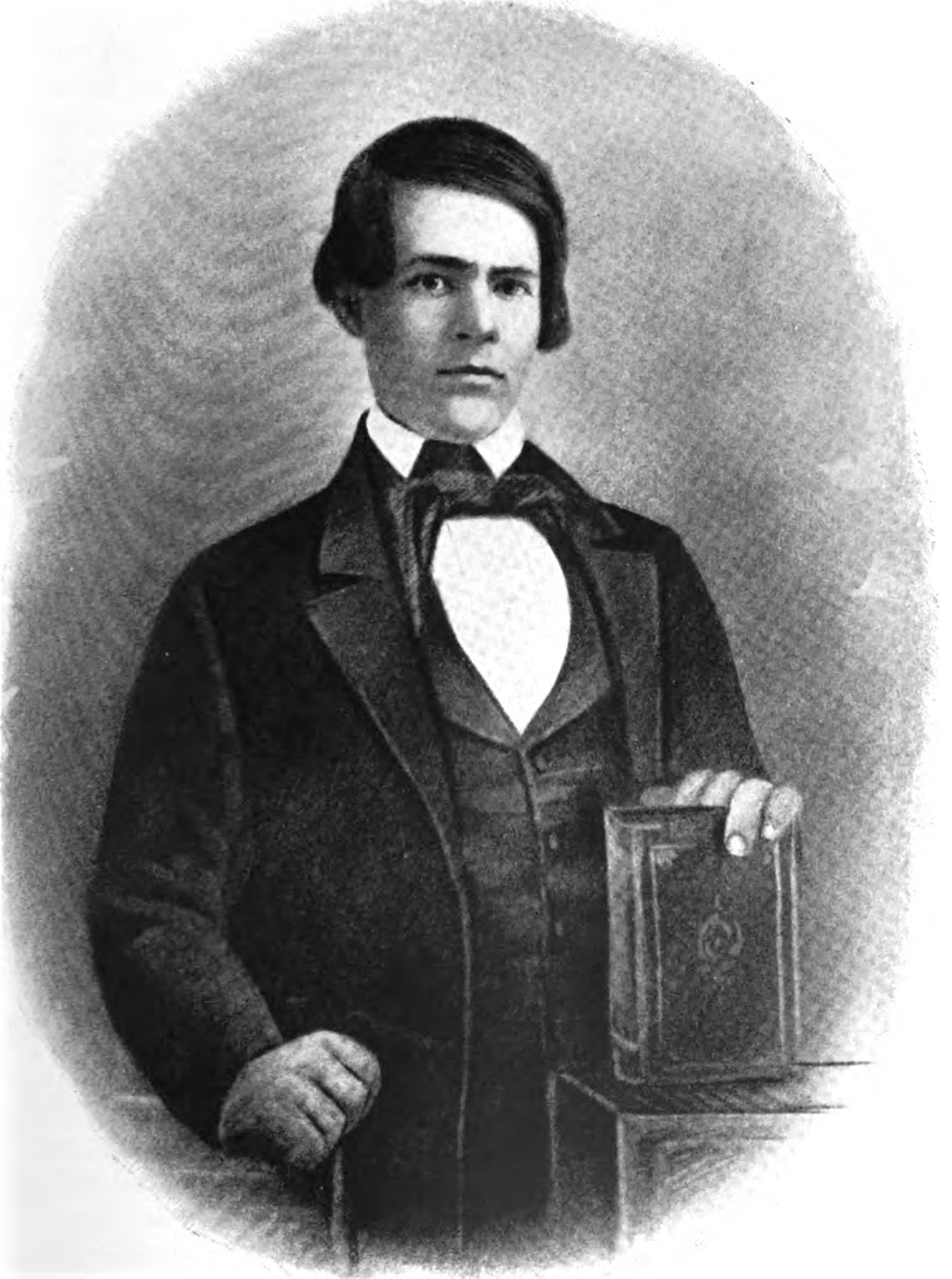|
Daniel H. Hastings
Daniel Hartman Hastings (February 26, 1849January 9, 1903) was the 21st governor of Pennsylvania, serving from 1895 to 1899. Biography Daniel H. Hastings was born in Salona, Clinton County, Pennsylvania on February 26, 1849. He was educated locally, and worked on his father's farm. He tried several times to run away to join the Union Army for the American Civil War, following the example of his three older brothers, but his father stopped him each time. Early career At age 14, Hastings became a school teacher in Clinton County, Pennsylvania, a job he held for four years. Named principal of Bellefonte High School at age 18, Hastings carried out the responsibilities of this position while furthering his own education, attending Bellefonte Academy and studying law. Hastings was admitted to the bar in 1875 and established a successful practice. He also became involved in several businesses, including coal mines and banking. In addition, he was editor of the ''Bellefonte Republic ... [...More Info...] [...Related Items...] OR: [Wikipedia] [Google] [Baidu] |
Walter Lyon (Pennsylvania Politician)
Walter Lyon (April 27, 1853 – March 21, 1933) was an American lawyer and politician who served as the sixth lieutenant governor of Pennsylvania as a Republican from 1895 to 1899. Lyon was born in Shaler Township, Pennsylvania. He was educated at the Wakeam Academy and was admitted to the bar as an attorney in 1876. In 1889, he was appointed as United States District Attorney for the Western District of Pennsylvania. He resigned from this position in 1893 to run for Pennsylvania State Senate; he served in this body for one term until his election as Lieutenant Governor. After leaving politics, he founded the Pittsburgh law firm of Lyon, Hunter & Burke. He later retired to Sewickley, Pennsylvania Sewickley is a Borough (Pennsylvania), borough in Allegheny County, Pennsylvania, west northwest of Pittsburgh along the Ohio River. It is a residential suburb of Pittsburgh. The population was 3,827 according to the United States Census 2010, 20 .... References 1853 birth ... [...More Info...] [...Related Items...] OR: [Wikipedia] [Google] [Baidu] |
Seth Hartman Yocum
Seth Hartman Yocum (August 2, 1834 – April 19, 1895) was a Greenback member of the U.S. House of Representatives from Pennsylvania. Seth H. Yocum was born in Catawissa, Pennsylvania. After attending rural schools, he went to Philadelphia in 1850 and learned the printer's trade. Yocum also taught school for several years, and graduated from Dickinson College in 1860, where he was a member of Phi Kappa Psi. During the American Civil War, Yocum entered the Union Army as a private and was promoted to the first lieutenant of the Fifth Pennsylvania Cavalry. He studied law, was admitted to the Schuylkill County, Pennsylvania bar in 1865 and commenced practice in Ashland, Pennsylvania. He moved to Bellefonte, Pennsylvania in 1873 and continued the practice of law, serving as district attorney of Centre County, Pennsylvania from 1875 to 1879. Yocum was elected as a Greenbacker to the Forty-sixth Congress in the 1878 election, but was not a candidate for renomination in 1880. H ... [...More Info...] [...Related Items...] OR: [Wikipedia] [Google] [Baidu] |
Major General (United States)
In the United States Armed Forces, a major general is a two-star general officer in the United States Army, Marine Corps, Air Force, and Space Force. A major general ranks above a brigadier general and below a lieutenant general. The pay grade of major general is O-8. It is equivalent to the rank of rear admiral in the other United States uniformed services which use naval ranks. It is abbreviated as MG in the Army, MajGen in the Marine Corps, and in the Air Force and Space Force. Major general is the highest permanent peacetime rank in the uniformed services as higher ranks are technically temporary and linked to specific positions, although virtually all officers promoted to those ranks are approved to retire at their highest earned rank. A major general typically commands division-sized units of 10,000 to 15,000 soldiers. The Civil Air Patrol also uses the rank of major general, which is its highest rank and is held only by its national commander. Statutory limits ... [...More Info...] [...Related Items...] OR: [Wikipedia] [Google] [Baidu] |
Colonel (United States)
The colonel () in the United States Army, Marine Corps, Air Force and Space Force, is the most senior field-grade military officer rank, immediately above the rank of lieutenant colonel and just below the rank of brigadier general. Colonel is equivalent to the naval rank of captain in the other uniformed services. By law, an officer previously required at least 22 years of cumulative service and a minimum of three years as a lieutenant colonel before being promoted to colonel. With the signing of the National Defense Authorization Act of 2019 (NDAA 2019), military services now have the authorization to directly commission new officers up to the rank of colonel. The pay grade for colonel is O-6. When worn alone, the insignia of rank seen at right is worn centered on headgear and fatigue uniforms. When worn in pairs, the insignia is worn on the officer's left side while a mirror-image reverse version is worn on the right side, such that both of the eagles' heads face forwa ... [...More Info...] [...Related Items...] OR: [Wikipedia] [Google] [Baidu] |
Captain (United States O-3)
In the United States Army (), U.S. Marine Corps (USMC), U.S. Air Force (USAF), and U.S. Space Force (USSF), captain (abbreviated "CPT" in the and "Capt" in the USMC, USAF, and USSF) is a company-grade officer rank, with the pay grade of O-3. It ranks above first lieutenant and below major. It is equivalent to the rank of lieutenant in the Navy/Coast Guard officer rank system and should not be confused with the Navy/Coast Guard rank of captain. The insignia for the rank consists of two silver bars, with slight stylized differences between the Army/Air Force version and the Marine Corps version. History The U.S. military inherited the rank of captain from its British Army forebears. In the British Army, the captain was designated as the appropriate rank for the commanding officer of infantry companies, artillery batteries, and cavalry troops, which were considered as equivalent-level units. Captains also served as staff officers in regimental and brigade headquarters ... [...More Info...] [...Related Items...] OR: [Wikipedia] [Google] [Baidu] |
Pennsylvania Army National Guard
The Pennsylvania Army National Guard, abbreviated PAARNG, is part of the United States Army National Guard and is based in the U.S. Commonwealth of Pennsylvania. Together with the Pennsylvania Air National Guard, it is directed by the Pennsylvania Department of Military and Veterans Affairs. The PAARNG maintains 124 armories and is present in 87 communities across the Commonwealth. Creation The Pennsylvania National Guard traces its lineage back to the militia organized by Benjamin Franklin in 1747 known as the Associators. Franklin organized artillery and infantry units to defend the city of Philadelphia against French and Spanish privateers. The first meeting of the Associators occurred on 21 November 1747, and on 7 Dec. 1747, the enlistees and officers were formally commissioned by the Provincial Council President, Anthony Palmer. On that day, hundreds of armed Associators presented themselves to Palmer at the Philadelphia Courthouse. Official National Guard webpages state ... [...More Info...] [...Related Items...] OR: [Wikipedia] [Google] [Baidu] |
Vice President Of The United States
The vice president of the United States (VPOTUS) is the second-highest officer in the executive branch of the U.S. federal government, after the president of the United States, and ranks first in the presidential line of succession. The vice president is also an officer in the legislative branch, as the president of the Senate. In this capacity, the vice president is empowered to preside over Senate deliberations at any time, but may not vote except to cast a tie-breaking vote. The vice president is indirectly elected together with the president to a four-year term of office by the people of the United States through the Electoral College. The modern vice presidency is a position of significant power and is widely seen as an integral part of a president's administration. While the exact nature of the role varies in each administration, most modern vice presidents serve as a key presidential advisor, governing partner, and representative of the president. The vice president ... [...More Info...] [...Related Items...] OR: [Wikipedia] [Google] [Baidu] |
Levi P
Levi (; ) was, according to the Book of Genesis, the third of the six sons of Jacob and Leah (Jacob's third son), and the founder of the Israelite Tribe of Levi (the Levites, including the Kohanim) and the great-grandfather of Aaron, Moses and Miriam. Certain religious and political functions were reserved for the Levites. Origins The Torah suggests that the name ''Levi'' refers to Leah's hope for Jacob to ''join'' with her, implying a derivation from ''yillaweh'', meaning ''he will join'', but scholars suspect that it may simply mean ''priest'', either as a loan word from the Minaean ''lawi'u'', meaning ''priest'', or by referring to those people who were ''joined'' to the Ark of the Covenant. Another possibility is that the Levites originated as migrants and that the name Levites indicates their ''joining'' with either the Israelites in general or the earlier Israelite priesthood in particular. [...More Info...] [...Related Items...] OR: [Wikipedia] [Google] [Baidu] |
John Sherman
John Sherman (May 10, 1823October 22, 1900) was an American politician from Ohio throughout the Civil War and into the late nineteenth century. A member of the Republican Party, he served in both houses of the U.S. Congress. He also served as Secretary of the Treasury and Secretary of State. Sherman sought the Republican presidential nomination three times, coming closest in 1888, but was never chosen by the party. Born in Lancaster, Ohio, Sherman later moved to Mansfield, Ohio, where he began a law career before entering politics. Initially a Whig, Sherman was among those anti-slavery activists who formed what became the Republican Party. He served three terms in the House of Representatives. As a member of the House, Sherman traveled to Kansas to investigate the unrest between pro- and anti-slavery partisans there. He rose in party leadership and was nearly elected Speaker in 1859. Sherman was elected to the Senate in 1861. As a senator, he was a leader in financial ... [...More Info...] [...Related Items...] OR: [Wikipedia] [Google] [Baidu] |
1888 Republican National Convention
The 1888 Republican National Convention was a presidential nominating convention held at the Auditorium Building in Chicago, Illinois, on June 19–25, 1888. It resulted in the nomination of former Senator Benjamin Harrison of Indiana for president and Levi P. Morton of New York, a former Representative and Minister to France, for vice president. During the convention, Frederick Douglass was invited to speak and became the first African-American to have his name put forward for a presidential nomination in a major party's roll call vote; he received one vote from Kentucky on the fourth ballot. The ticket won in the election of 1888, defeating President Grover Cleveland and former Senator Allen G. Thurman from Ohio. Venue The convention was held in Chicago's Auditorium Theatre. Since the construction on the theater had not been completed in time for the convention, a tent canvas was utilized as a temporary roof during the convention. Controversy was generated, with labor mov ... [...More Info...] [...Related Items...] OR: [Wikipedia] [Google] [Baidu] |
1886 Pennsylvania Gubernatorial Election
The 1886 Pennsylvania gubernatorial election occurred on November 2, 1886. Republican candidate James A. Beaver defeated Democratic candidate Chauncey Forward Black to become Governor of Pennsylvania. William A. Wallace unsuccessfully sought the Democratic nomination. Results References 1886 Pennsylvania Gubernatorial A governor is an politician, administrative leader and head of a polity or Region#Political_regions, political region, ranking under the Head of State, head of state and in some cases, such as governor-general, governors-general, as the head of ... November 1886 events {{Pennsylvania-election-stub ... [...More Info...] [...Related Items...] OR: [Wikipedia] [Google] [Baidu] |




.jpg)
